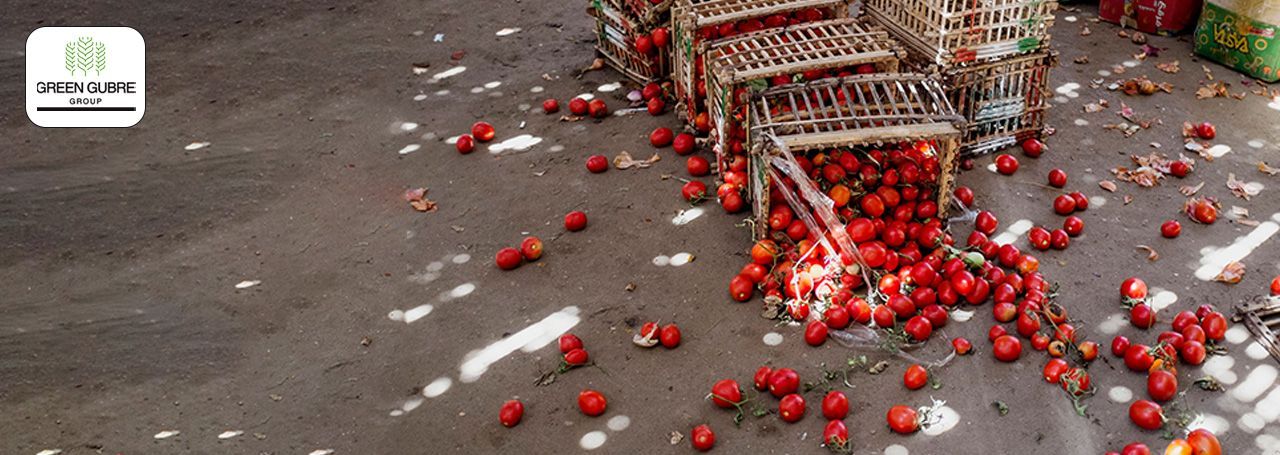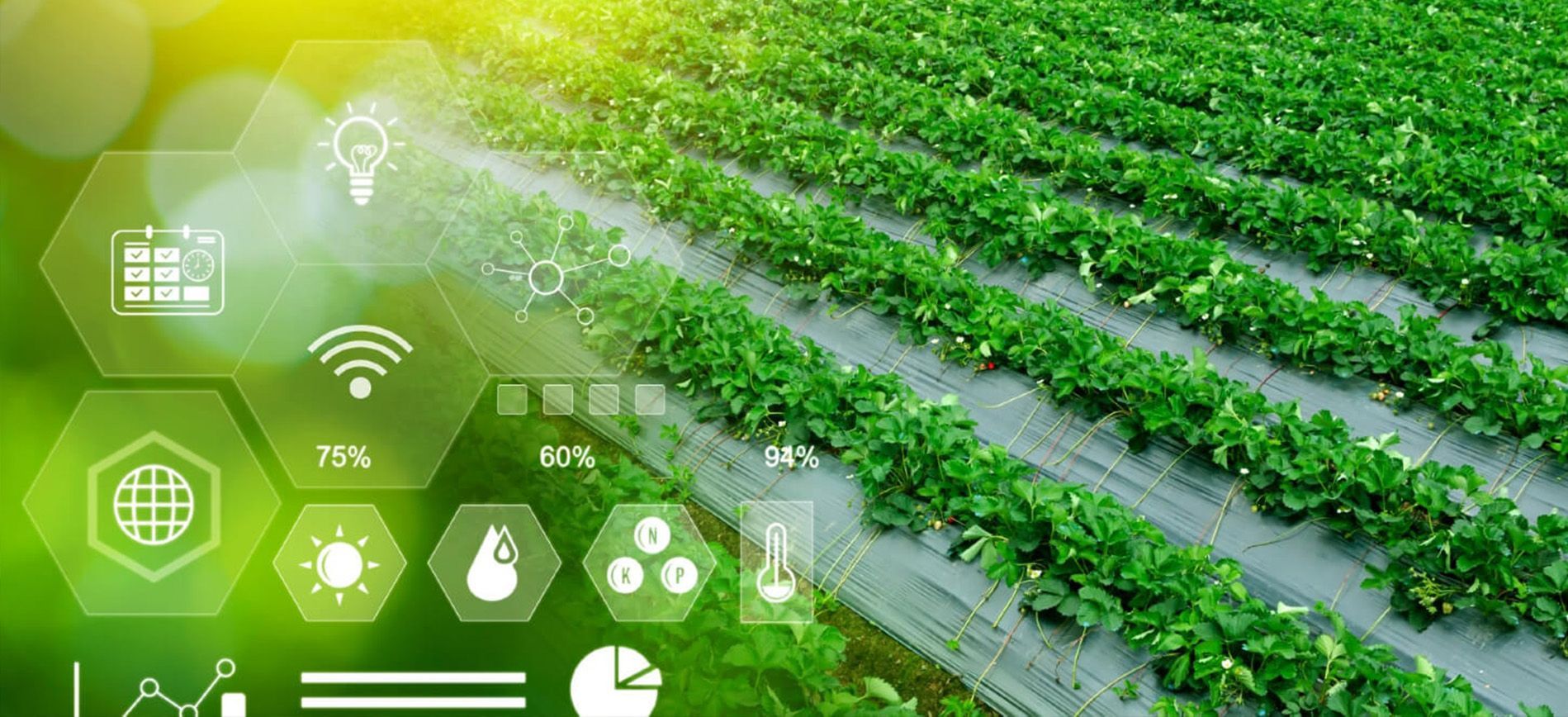Reducing Food Loss with Post-Harvest Technology in Africa and India
Reducing Food Loss with Post-Harvest Technology in Africa and India

Post-harvest losses account for a significant portion of food waste in emerging markets, with nearly one-third of food produced in Africa and India going to waste before it reaches consumers. Post-harvest technology—such as storage solutions, drying techniques, and processing facilities—can help reduce these losses, preserving food quality, improving farmer incomes, and supporting food security. This blog explores essential post-harvest technologies, strategies for promoting their adoption, and the impact on sustainable agriculture and food systems in Africa and India.
1. The Importance of Post-Harvest Management for Food Security:
Post-harvest losses occur at various stages, from harvesting to storage, transport, and processing. Effective post-harvest management helps maintain food quality, reduce waste, and ensure a stable food supply for local communities.
- Improving Farmer Income and Profitability: Reducing post-harvest losses allows farmers to retain more of their produce, which translates into increased income. Minimizing losses adds value to agricultural produce, enhancing profitability and supporting rural economic development.
- Enhancing Food Security and Nutrition: By reducing food loss, more food reaches consumers, contributing to local food security and providing access to nutritious produce. This is especially important in regions where food availability is limited.
- Supporting Sustainable Agriculture: Post-harvest management conserves resources by reducing the need to grow additional crops to make up for losses. This reduces the strain on land, water, and labor, supporting sustainable farming practices.
2. Key Post-Harvest Technologies for African and Indian Agriculture:
Various technologies, from traditional methods to advanced innovations, play a critical role in preserving food quality and reducing losses across the supply chain.
- Improved Storage Facilities and Hermetic Bags: Proper storage facilities, such as cold storage or hermetic (airtight) bags, prevent spoilage and protect produce from pests and moisture. Hermetic bags are a cost-effective solution for smallholders, reducing grain losses without refrigeration.
- Solar Drying Systems: Solar dryers use solar energy to reduce the moisture content in fruits, vegetables, and grains, extending their shelf life and improving quality. Solar drying is particularly useful in rural areas without access to conventional drying facilities.
- Metal Silos and Grain Bins: Metal silos provide pest-proof storage, preserving grain quality for longer periods. Grain bins help protect produce from contamination and ensure that crops remain fresh and marketable.
- Mobile Processing Units: Mobile processing units, such as portable milling or drying equipment, enable farmers to process their produce on-site. This minimizes post-harvest losses, reduces transport costs, and adds value to products by preparing them for the market.
3. Challenges in Adopting Post-Harvest Technology:
While post-harvest technologies offer substantial benefits, smallholder farmers face challenges that limit their adoption, such as high costs, limited access, and lack of technical knowledge.
- High Initial Investment Costs: Many post-harvest technologies, particularly cold storage and mechanized dryers, require significant upfront investment. Financial support, such as subsidies and microloans, can make these technologies affordable for smallholder farmers.
- Limited Access to Technology in Rural Areas: Farmers in remote regions may lack access to post-harvest technologies due to limited supply chains and infrastructure. Expanding distribution networks and establishing local manufacturing facilities can improve access.
- Knowledge Gaps in Post-Harvest Management: Many farmers are unaware of post-harvest best practices, which affects their ability to prevent losses effectively. Training programs and community workshops can increase awareness and skills in post-harvest management.
4. Strategies for Promoting Post-Harvest Technology Adoption:
To encourage the adoption of post-harvest technology, stakeholders can implement various initiatives that provide financial, technical, and educational support.
- Subsidies and Financial Assistance Programs: Government subsidies, grants, and low-interest loans help smallholders invest in post-harvest technologies, enabling more farmers to adopt storage, drying, and processing solutions.
- Training and Capacity-Building Programs: Educational initiatives led by agricultural organizations, NGOs, and government agencies can equip farmers with the skills needed to implement post-harvest practices effectively. Training on proper storage, handling, and processing methods is essential.
- Public-Private Partnerships for Technology Development: Collaborations between governments, private companies, and research institutions can drive innovation and improve access to affordable post-harvest technologies tailored to local needs.
- Community-Based Post-Harvest Facilities: Establishing community storage, processing, and drying centers enables farmers to share resources and reduce costs. Community facilities are particularly beneficial for smallholders who may not have the means to invest in individual equipment.
5. Benefits of Post-Harvest Technology for Sustainable Agriculture and Food Security:
Adopting post-harvest technology benefits not only individual farmers but also entire communities, promoting economic growth, reducing environmental impact, and supporting food security goals.
- Economic Empowerment and Rural Development: Reducing food loss improves farmers’ returns, allowing them to reinvest in their farms. Increased income from reduced losses supports rural economic growth, creating job opportunities and enhancing local economies.
- Environmental Conservation and Resource Efficiency: Post-harvest technologies reduce the need to produce additional crops to compensate for losses, conserving land, water, and energy. This efficiency contributes to more sustainable agricultural systems and reduces pressure on natural resources.
- Supporting Food Security and Reducing Malnutrition: By preserving food quality and quantity, post-harvest technology helps provide reliable access to nutritious food. Stable food supplies enhance community health and reduce dependency on imports.
- Facilitating Market Access and Export Potential: Post-harvest technologies improve product quality, making it easier for farmers to meet market standards and expand their market reach, including access to export markets where quality requirements are stringent.
Conclusion:
Post-harvest technology is essential for reducing food loss, improving farmer profitability, and supporting food security in Africa and India. By addressing financial and educational barriers, governments, NGOs, and private stakeholders can promote the widespread adoption of these technologies. As more farmers implement post-harvest practices, Africa and India will be better equipped to achieve sustainable agriculture, preserve food resources, and enhance rural livelihoods. Investing in post-harvest technology is a critical step toward building resilient food systems that benefit both people and the environment.




